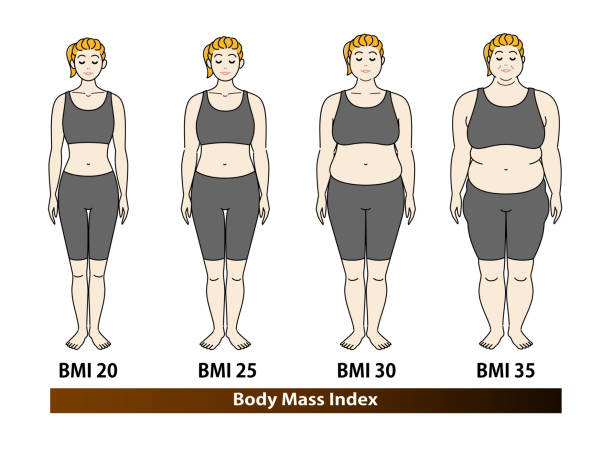The Top Causes of Cellulite and What to Do About It
Cellulite, often referred to as “orange peel skin” or “cottage cheese thighs,” is a common cosmetic concern that affects many individuals, regardless of age, gender, or body type. While cellulite is not harmful to your health, it can impact self-confidence and body image, leading individuals to seek solutions for its reduction or elimination. In this guide, we’ll explore the top causes of cellulite and discuss effective strategies for managing and reducing its appearance.
Understanding Cellulite
Cellulite occurs when fat deposits push through the connective tissue beneath the skin, resulting in a dimpled or lumpy appearance, particularly in areas like the thighs, buttocks, and abdomen. While the exact cause of cellulite is not fully understood, several factors contribute to its development and severity.
Top Causes of Cellulite
Genetics: Genetics play a significant role in determining an individual’s susceptibility to cellulite. If your parents or other family members have cellulite, you may be more likely to develop it yourself.
Hormones: Hormonal fluctuations, such as those that occur during puberty, pregnancy, or menopause, can influence the development of cellulite. Estrogen, insulin, thyroid hormones, and catecholamines all play a role in fat storage and circulation, which can impact cellulite formation.
Lifestyle Factors: Certain lifestyle habits can contribute to the development and exacerbation of cellulite. These include a sedentary lifestyle, poor diet, smoking, excessive alcohol consumption, and chronic stress. Additionally, wearing tight clothing or underwear with tight elastic bands may restrict blood flow and contribute to cellulite formation.
Age: As we age, the skin naturally loses elasticity and firmness, making cellulite more apparent. The connective tissue that surrounds fat cells also becomes weaker over time, allowing fat deposits to protrude more visibly through the skin.
Body Composition: Body fat distribution and muscle tone can influence the appearance of cellulite. Individuals with higher body fat percentages and less muscle tone may have more pronounced cellulite, while those with lower body fat percentages and stronger muscles may experience less noticeable cellulite.
Poor Circulation: Impaired blood circulation and lymphatic drainage can contribute to the accumulation of fluid and toxins in fat cells, exacerbating cellulite. Factors such as sitting or standing for prolonged periods, wearing restrictive clothing, and lack of exercise can all affect circulation and lymphatic flow.
What to Do About Cellulite
While it’s challenging to eliminate cellulite entirely, there are several strategies you can employ to manage and reduce its appearance:
Maintain a Healthy Diet: Focus on consuming a balanced diet rich in fruits, vegetables, lean proteins, and whole grains. Limit your intake of processed foods, sugary snacks, and refined carbohydrates, which can contribute to weight gain and exacerbate cellulite.
Stay Hydrated: Drink plenty of water throughout the day to keep your skin hydrated and promote optimal circulation and lymphatic drainage. Proper hydration can help flush out toxins and reduce fluid retention, potentially minimizing the appearance of cellulite.
Exercise Regularly: Incorporate a combination of cardiovascular exercise, strength training, and flexibility exercises into your fitness routine. Cardiovascular activities like running, cycling, or swimming can help burn excess fat and improve circulation, while strength training exercises target muscle tone and firmness, reducing the appearance of cellulite.
Practice Dry Brushing: Dry brushing involves gently brushing the skin with a natural bristle brush to stimulate circulation, exfoliate dead skin cells, and promote lymphatic drainage. Incorporate dry brushing into your daily routine before showering to help improve the appearance of cellulite over time.
Use Topical Treatments: While no topical treatment can completely eliminate cellulite, certain ingredients may help improve its appearance. Look for products containing caffeine, retinol, antioxidants, and peptides, which can help tighten and firm the skin, reduce inflammation, and enhance collagen production.
Consider Professional Treatments: In-office procedures such as radiofrequency, laser therapy, acoustic wave therapy, and suction-based treatments like vacuum-assisted precise tissue release (VAT) or cellulite massage may offer temporary improvement in the appearance of cellulite. These treatments work by targeting the underlying structures responsible for cellulite formation, such as fat cells and connective tissue.
Maintain a Healthy Weight: While cellulite can affect individuals of all body shapes and sizes, maintaining a healthy weight through diet and exercise may help minimize its appearance. Excess body fat can exacerbate the visibility of cellulite, so focusing on weight management may lead to improvements in skin texture and tone.
Conclusion
Cellulite is a common cosmetic concern that can impact individuals of all ages and body types. While it may not be possible to eliminate cellulite entirely, adopting a healthy lifestyle, including a balanced diet, regular exercise, hydration, and skincare practices, can help manage and reduce its appearance. By understanding the factors that contribute to cellulite formation and implementing effective strategies for prevention and treatment, you can feel more confident and comfortable in your skin. Remember that patience and consistency are key, and results may vary depending on individual factors such as genetics, age, and overall health. If you have concerns about cellulite or are considering professional treatments, consult with a dermatologist or skincare specialist for personalized recommendations and guidance.

